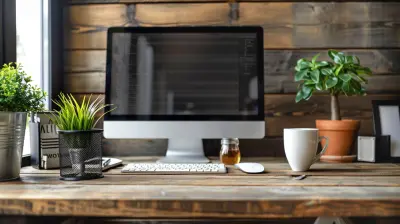Green Building Practices: The Future of Sustainable Office Spaces
2 July 2025
Sustainability isn’t just a buzzword anymore—it’s a necessity. As businesses evolve, so do their office spaces. Gone are the days of concrete jungles that drain energy and resources. The future lies in green building practices, which not only reduce a company's carbon footprint but also create healthier, more productive work environments.
But what exactly are green building practices, and why are they essential for the future of office spaces? Let’s dive in.
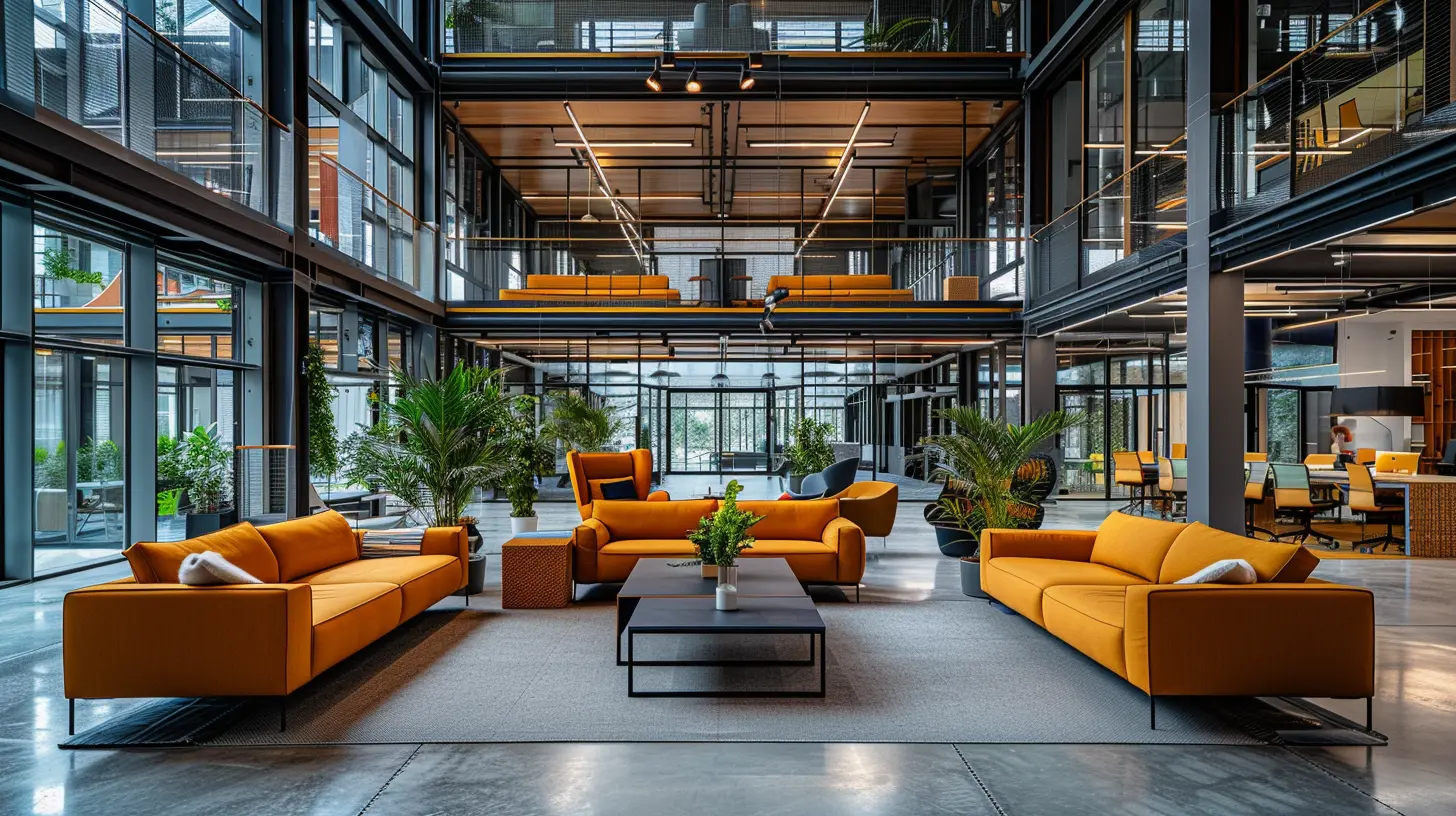
What is Green Building?
Green building is all about creating spaces that are environmentally responsible and resource-efficient throughout their lifecycle—from design and construction to operation and maintenance. These buildings prioritize energy efficiency, water conservation, and the use of sustainable materials while also promoting a healthier indoor environment.Think of it as giving back to the planet while also reaping long-term benefits like lower operational costs, increased employee happiness, and enhanced brand reputation.
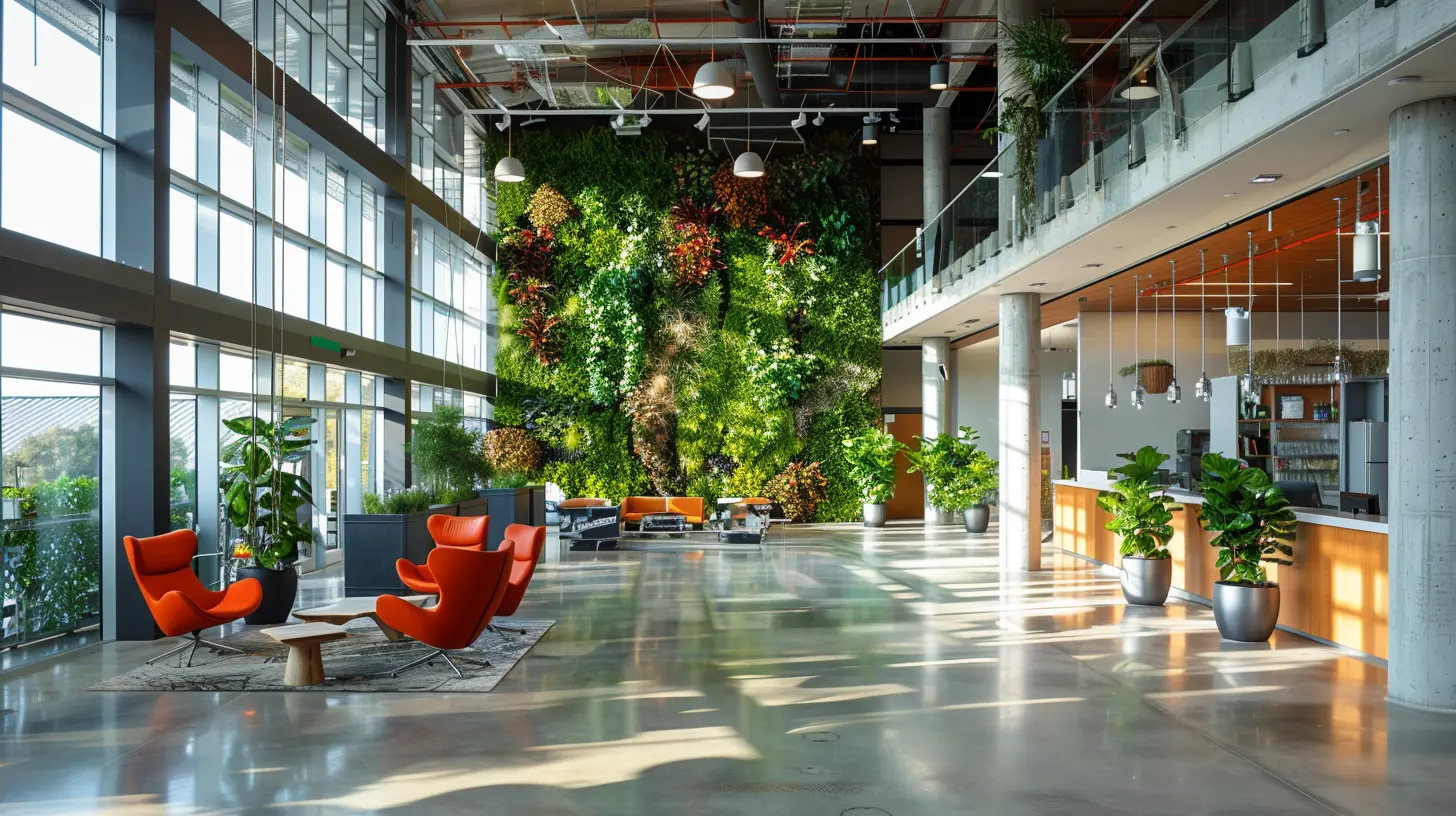
Why Green Building Practices Matter
1. Fighting Climate Change
Businesses play a significant role in carbon emissions. Traditional office buildings contribute to energy waste and pollution, but green office spaces help reverse this trend by consuming less energy and producing fewer greenhouse gases.2. Cost Savings in the Long Run
Yes, the upfront costs of green buildings might be a little higher. But in the long run? Huge savings. Lower energy bills, reduced water usage, and fewer maintenance issues mean more money stays in your company’s pocket.3. Healthier Workplaces
Green buildings focus on enhancing air quality, natural lighting, and thermal comfort. This results in happier and healthier employees, leading to higher productivity and reduced sick days. After all, who wouldn’t want to work in a fresh, well-lit office instead of a cramped, stale environment?4. Boosting Business Reputation
Consumers and clients are demanding more eco-conscious businesses. Going green isn’t just good for the planet; it’s also good for branding. Companies that adopt sustainable practices showcase leadership, responsibility, and innovation—qualities that attract customers and top talent alike.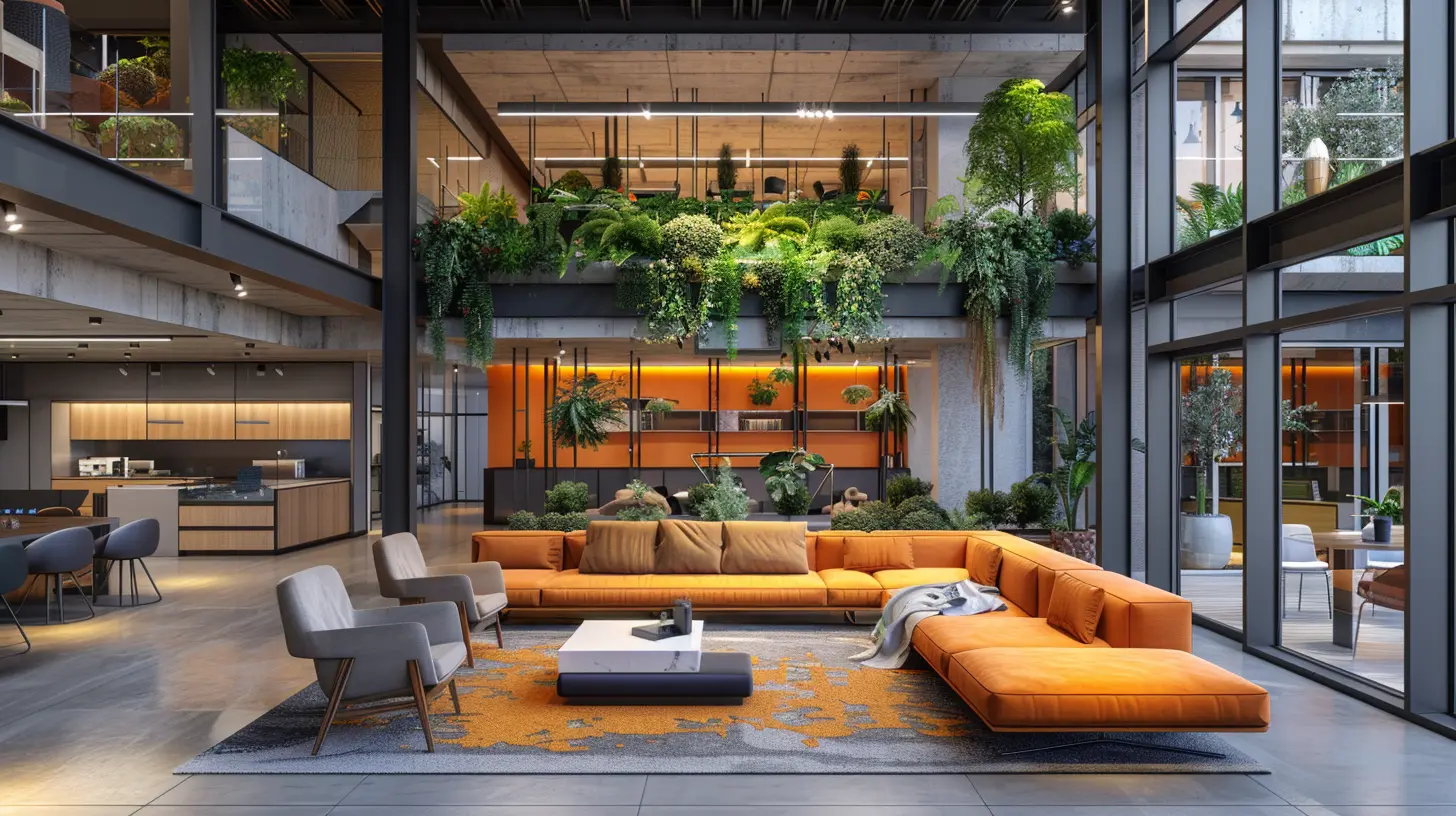
Key Green Building Practices for Sustainable Offices
Now that we understand why green buildings matter, let’s look at some effective practices that can transform office spaces into sustainable work havens.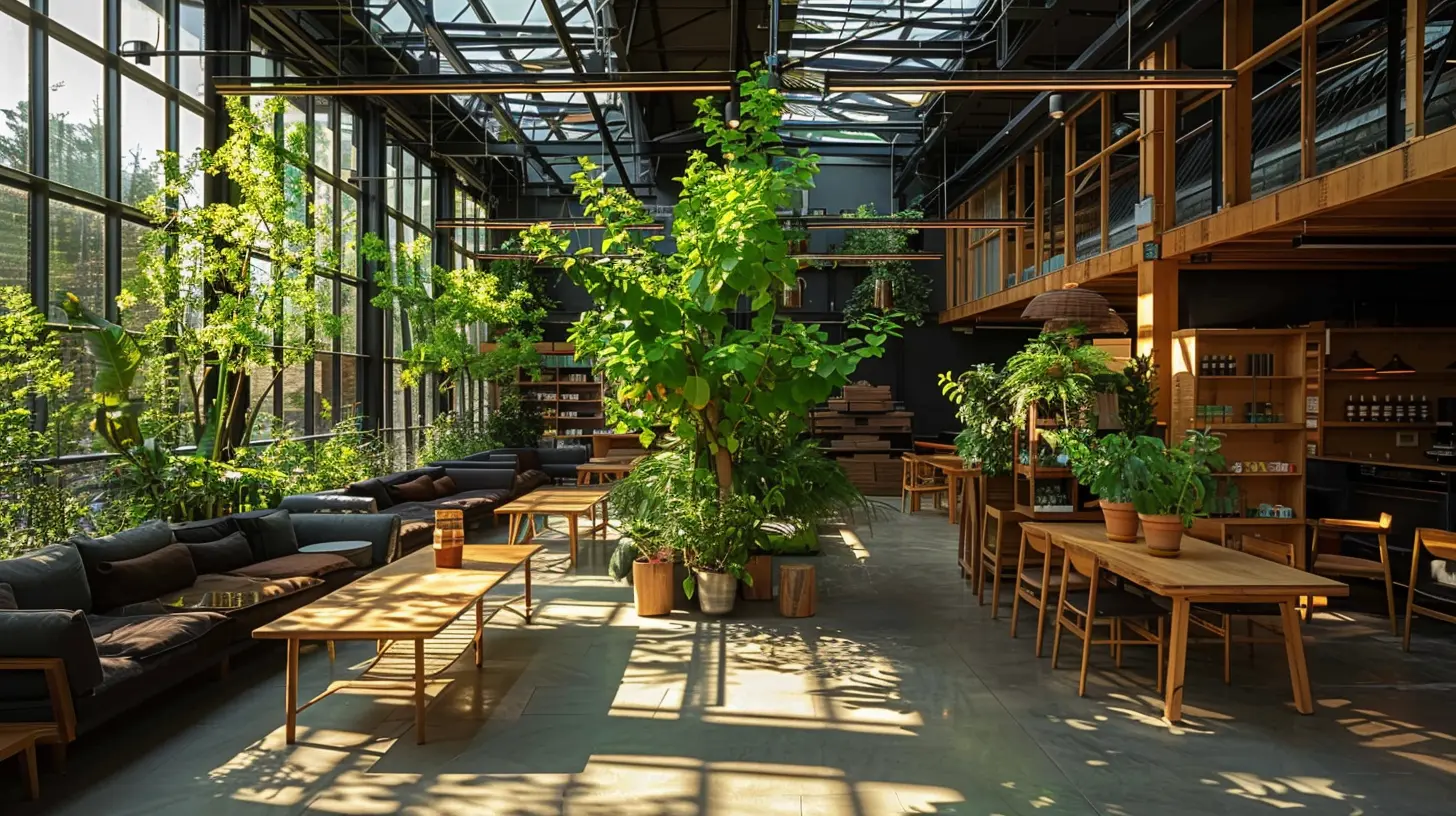
1. Energy-Efficient Design & Smart Technology
Using energy-efficient designs is crucial for minimizing energy waste. This includes:- Solar Panels – Harvesting the sun’s power for electricity and heating.
- LED Lighting – Using 75% less energy than traditional lighting.
- Smart Sensors – Automatically adjusting lighting and temperature based on occupancy.
- High-Performance Insulation – Keeping indoor temperatures stable and reducing energy waste.
With the rise of the Internet of Things (IoT), offices can now integrate smart systems that track energy consumption and make real-time adjustments. Imagine an office that automatically turns off unused lights or regulates air conditioning to maintain perfect comfort levels without excess waste.
2. Sustainable Building Materials
What goes into a building matters just as much as how it operates. Sustainable materials help reduce environmental impact while maintaining functionality and aesthetics. Some examples include:- Recycled Steel & Wood – Reducing the need for raw material extraction.
- Bamboo Flooring – A fast-growing renewable resource with a stunning appearance.
- Low VOC Paints & Adhesives – Limiting indoor air pollution and toxic fumes.
- Green Roofs & Walls – Plant-covered surfaces that boost insulation, reduce heat, and filter air pollutants.
By prioritizing eco-friendly materials, offices not only reduce their environmental footprint but also create sophisticated and visually appealing workspaces.
3. Water Conservation Strategies
Water scarcity is a real issue, but green offices have solutions. Implementing water-saving features can drastically cut down on waste.- Low-Flow Plumbing Fixtures – Reducing water use in sinks, toilets, and showers.
- Rainwater Harvesting Systems – Collecting rainwater for landscaping and cleaning purposes.
- Greywater Recycling – Treating and reusing wastewater for non-drinking purposes.
- Drought-Resistant Landscaping – Planting native species that require minimal watering.
By adopting smart water management, offices can significantly lower their environmental impact and utility costs.
4. Maximizing Natural Light & Ventilation
Ever feel groggy after spending hours under fluorescent lights? You’re not alone. Studies show that natural light boosts mood, focus, and productivity. That’s why sustainable offices prioritize:- Large Windows and Skylights – Bringing in as much sunlight as possible.
- Open Floor Plans – Allowing light to flow freely throughout the space.
- Operable Windows & Ventilation Systems – Improving indoor air quality and reducing reliance on HVAC systems.
A well-lit and well-ventilated office is not just an energy-saver—it’s a game-changer for workplace comfort and efficiency.
5. Waste Reduction & Recycling Programs
A green office isn’t just about how it’s built—it’s also about how it operates. Reducing waste is one of the simplest yet most powerful steps businesses can take.- Office Composting & Recycling Stations – Making it easy for employees to dispose of waste responsibly.
- Paperless Policies – Encouraging digital documents over printed ones.
- Reusable Office Supplies – Opting for refillable pens, recycled paper, and durable materials.
- E-Waste Management – Properly disposing of outdated electronics instead of sending them to landfills.
Small changes add up. When businesses commit to waste reduction and recycling, they demonstrate responsibility while saving on unnecessary costs.
The Future of Green Office Spaces
Let’s be real—traditional office buildings are outdated. The future belongs to sustainable, energy-efficient workspaces that benefit both businesses and the environment.Companies worldwide are already embracing green building practices, and for good reason. Whether you’re a startup or a corporate giant, making the shift toward sustainability isn’t just an option anymore—it’s a competitive advantage.
How Can Your Business Go Green?
If you’re thinking, "This all sounds great, but where do I start?"—you’re not alone. Going green doesn’t have to happen overnight. Here are a few simple steps:1. Start Small – Swap traditional bulbs for LED lighting or implement a recycling program.
2. Encourage Remote Work – Fewer employees commuting = lower emissions and energy use.
3. Partner with Green Suppliers – Choose eco-conscious vendors for office supplies and services.
4. Educate Employees – Sustainability is a team effort. Educate your workforce about green habits.
5. Upgrade Facilities Over Time – As budgets allow, invest in energy-efficient renovations and technology.
No action is too small. Every step you take toward sustainability makes a difference.
Conclusion
As we move toward a more environmentally conscious world, green building practices aren’t just a trend—they’re the future of office spaces.By focusing on energy efficiency, sustainable materials, water conservation, natural lighting, and waste reduction, businesses create healthier working environments while saving money and reducing their ecological impact.
The bottom line? Green offices are smarter, healthier, and more profitable—a win-win for people and the planet.
So, is your business ready to take the leap? The future of sustainable office spaces starts today.
all images in this post were generated using AI tools
Category:
SustainabilityAuthor:

Rosa Gilbert
Discussion
rate this article
2 comments
Giselle Stewart
This article beautifully highlights the importance of green building practices. Embracing sustainability not only benefits our planet but also creates healthier, more inspiring work environments. Together, we can shape a brighter future for all.
November 13, 2025 at 1:05 PM

Rosa Gilbert
Thank you! I'm glad you found the article insightful. Sustainability is indeed key to creating healthier workspaces and a better future.
Nathan McKnight
Nature called; offices must answer!
July 7, 2025 at 3:31 AM

Rosa Gilbert
Absolutely! Integrating nature into office design is key to sustainability and employee well-being.
